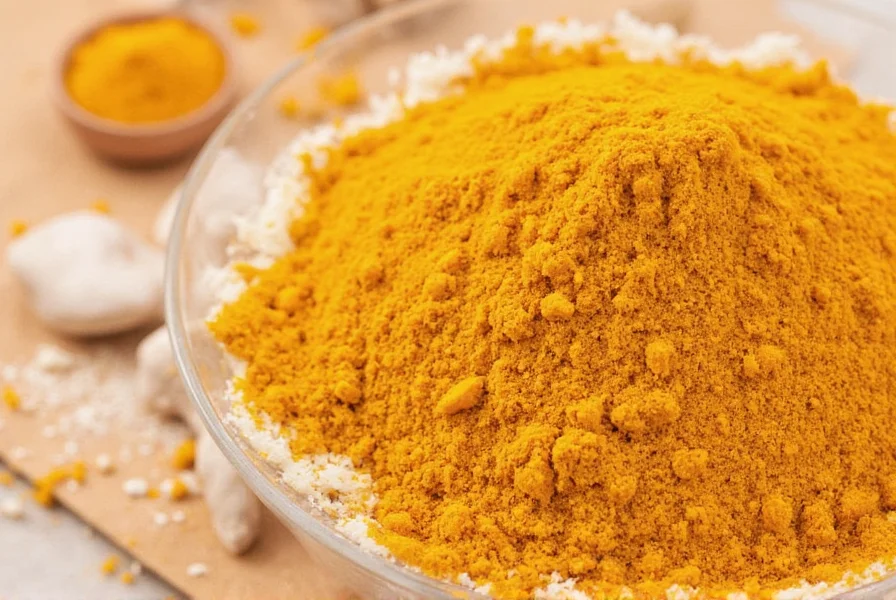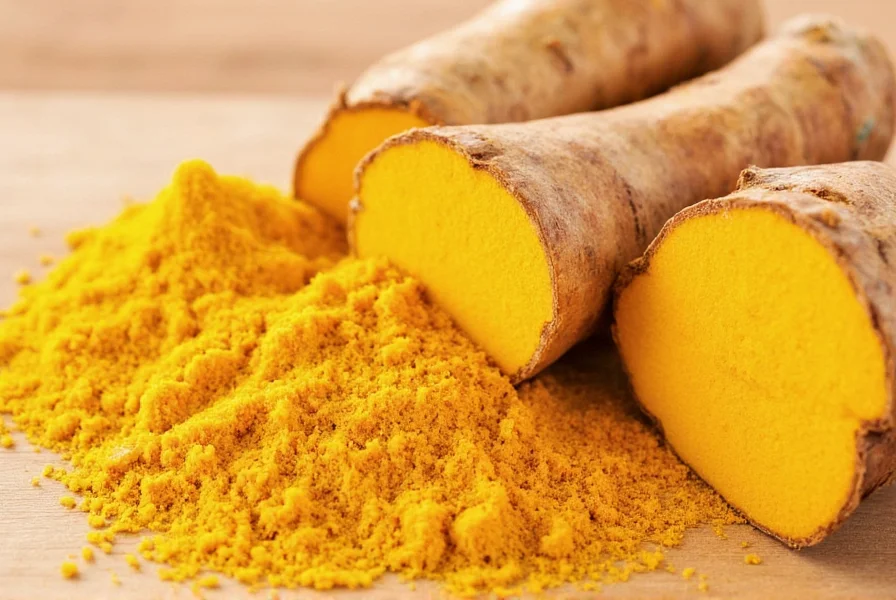For centuries, traditional medicine systems have utilized turmeric for its healing properties. Modern research now investigates whether these ancient practices hold scientific merit, particularly regarding pain management. This comprehensive analysis examines what current evidence reveals about turmeric's potential role in pain relief, separating fact from popular claims.
The Science Behind Turmeric and Pain Relief
Turmeric (Curcuma longa) contains curcuminoids, with curcumin being the most studied compound. Curcumin works by inhibiting multiple molecules involved in inflammation, including:
- Nuclear factor-kappa B (NF-κB), a protein complex controlling inflammation
- Cyclooxygenase-2 (COX-2), the same enzyme targeted by some NSAIDs
- Various inflammatory cytokines like TNF-α and IL-6
Unlike conventional pain medications that typically target a single pathway, curcumin's multi-target approach may explain its potential benefits for inflammatory pain conditions. However, this complex mechanism also makes standardized dosing challenging.
| Pain Condition | Research Evidence | Recommended Dosage Range |
|---|---|---|
| Osteoarthritis | Multiple studies show moderate improvement in pain scores | 500-1,500mg curcumin daily |
| Rheumatoid Arthritis | Limited evidence, some symptom improvement noted | 500-1,000mg curcumin daily |
| Muscle Soreness | Conflicting evidence, some reduction in DOMS | 400-500mg curcumin pre/post exercise |
| Neuropathic Pain | Very limited human studies | Insufficient evidence |
Evaluating the Research on Turmeric for Pain Management
A 2022 systematic review published in Phytotherapy Research analyzed 18 clinical trials involving over 1,500 participants with osteoarthritis. The review concluded that curcumin supplementation demonstrated statistically significant improvements in pain scores compared to placebo, with effects comparable to certain NSAIDs but with fewer gastrointestinal side effects.
However, research limitations exist:
- Many studies use small sample sizes
- Curcumin's poor bioavailability affects results
- Standardization of turmeric products varies widely
- Long-term safety data remains limited
Researchers often address bioavailability issues by combining curcumin with piperine (from black pepper) or using specialized formulations like phospholipid complexes. These enhanced forms may increase absorption by up to 2,000% compared to standard turmeric powder.

Practical Application: Using Turmeric for Pain Relief
For those considering turmeric for pain management, evidence-based recommendations include:
Dosage Considerations for turmeric pain relief
Most clinical studies showing benefits used 500-1,500mg of standardized curcumin extract daily. Whole turmeric powder contains only about 3% curcumin by weight, meaning you'd need approximately 30-40 grams of powder to match 1 gram of curcumin extract—a quantity impractical for regular consumption.
Enhancing Bioavailability of turmeric supplements
To maximize absorption when using turmeric for chronic pain:
- Choose formulations with piperine (black pepper extract)
- Look for products specifying "enhanced bioavailability"
- Take with healthy fats (curcumin is fat-soluble)
- Consider phospholipid or nanoparticle formulations
Realistic Expectations for turmeric pain management
Unlike pharmaceutical pain relievers that often provide immediate effects, turmeric typically requires 4-8 weeks of consistent use before potential benefits become noticeable. This delayed response reflects its mechanism of gradually modulating inflammatory pathways rather than providing immediate symptom suppression.
Safety Profile and Potential Interactions
Turmeric is generally well-tolerated at recommended doses, but potential side effects include:
- Digestive discomfort at high doses
- Increased bleeding risk when combined with anticoagulants
- Interactions with diabetes medications
- Potential gallbladder contractions in susceptible individuals
Individuals with gallstones, bile duct obstruction, or those taking blood thinners should consult healthcare providers before using turmeric supplements for pain relief. Pregnant women should avoid therapeutic doses beyond culinary use.

Integrating Turmeric into a Comprehensive Pain Management Strategy
Turmeric works best as part of a multimodal approach to pain management. Evidence suggests combining turmeric supplementation with:
- Regular low-impact exercise for joint pain
- An anti-inflammatory diet rich in omega-3 fatty acids
- Adequate sleep and stress management techniques
- Physical therapy for musculoskeletal conditions
For inflammatory pain conditions like osteoarthritis, this integrative approach often yields better results than any single intervention. Remember that turmeric for arthritis pain should complement—not replace—conventional treatments prescribed by your healthcare provider.
When to Consult a Healthcare Professional About Turmeric Use
While turmeric shows promise as a natural pain management option, consult a healthcare provider if:
- You experience persistent pain lasting more than 2 weeks
- You're considering combining turmeric with prescription medications
- You have underlying health conditions like liver disease
- Pain significantly impacts daily activities or sleep
- You're scheduled for surgery within the next two weeks
Healthcare providers can help determine whether turmeric supplementation fits within your overall pain management strategy and monitor for potential interactions with other treatments.
Conclusion: Evidence-Based Perspective on Turmeric for Pain
Current evidence suggests turmeric, particularly standardized curcumin extracts, may provide modest benefits for certain inflammatory pain conditions, especially osteoarthritis. While not a miracle cure, it represents a potentially valuable complementary approach within a comprehensive pain management strategy.
The most promising results come from enhanced-bioavailability formulations taken consistently for several weeks. However, individual responses vary significantly, and turmeric should never replace conventional medical treatments without professional guidance. As research continues to evolve, we may gain clearer understanding of which patients benefit most from turmeric for pain relief and under what specific conditions.










 浙公网安备
33010002000092号
浙公网安备
33010002000092号 浙B2-20120091-4
浙B2-20120091-4